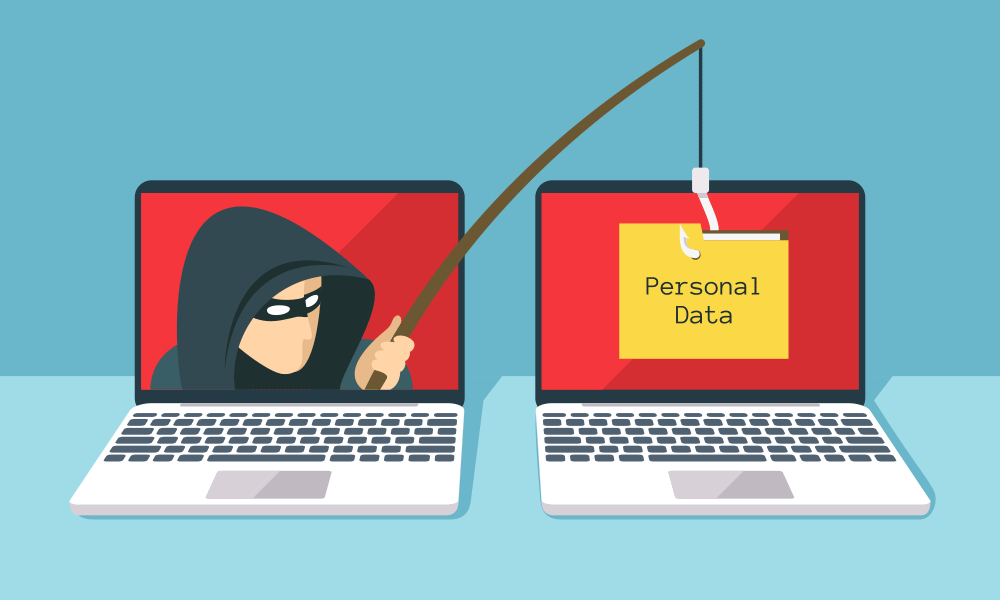
@ShahidNShah


Email phishing is a common way that hackers gain access to a system. Attackers craft a message that looks like it comes from a credible, trusted source. The email will frequently be written to induce panic or quick action, such as describing an imminent account shutdown or a security breach in progress. The goal is to trick people into providing information in order to access and exploit valuable or sensitive systems.
Cybersecurity training programs require us to always be circumspect about emails we receive. Putting every email under a microscope is a laudable goal, but when our inboxes fill up with hundreds of messages every day, it’s hard to keep up.
Cybercriminals are growing more advanced, and attacks are evading traditional security tools.
Taking a multilayer approach to cybersecurity, and protecting your most attacked employees, will significantly reduce risk and allow your institution to focus on patient care.
Continue reading at physicianspractice.com
Identity and access management (IAM) systems reside at the center of cybersecurity strategies, providing the core identification, authentication, and authorization services required to create secure …
Connecting innovation decision makers to authoritative information, institutions, people and insights.
Medigy accurately delivers healthcare and technology information, news and insight from around the world.
Medigy surfaces the world's best crowdsourced health tech offerings with social interactions and peer reviews.
© 2025 Netspective Foundation, Inc. All Rights Reserved.
Built on Apr 25, 2025 at 12:44pm